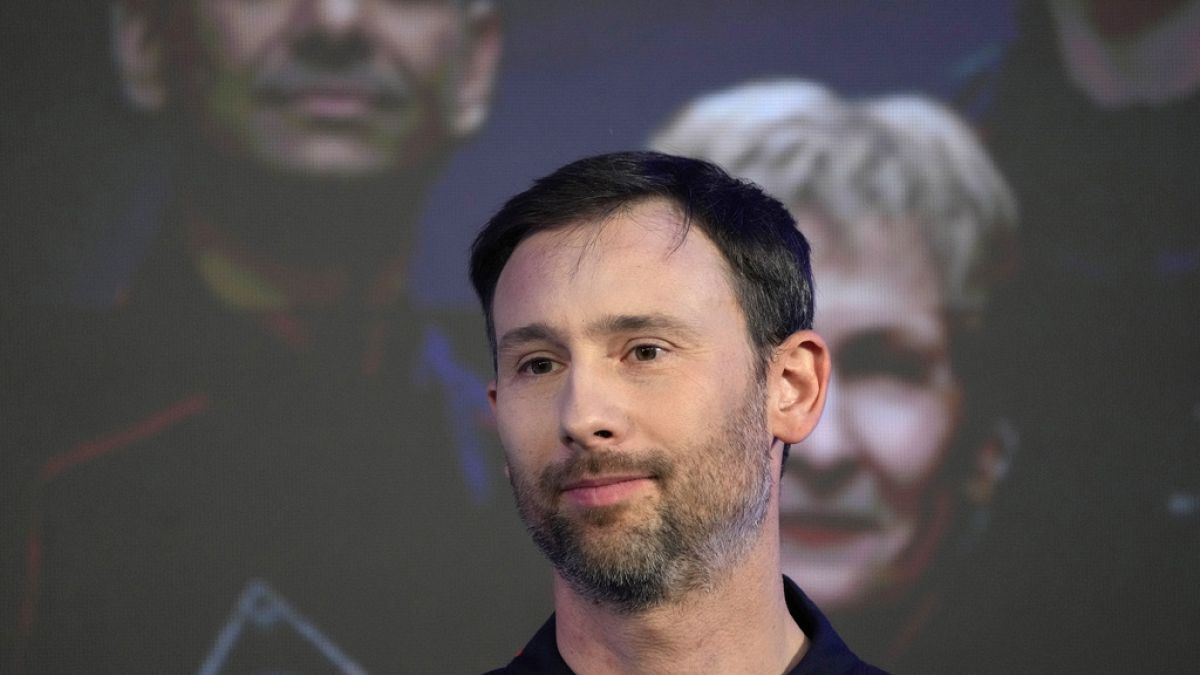

In a world continually reaching for new frontiers, recent developments in space exploration and artificial intelligence have captured the imagination of many. The Axiom 4 mission, for instance, is a significant milestone that not only highlights human collaboration but also marks a hopeful leap forward for Poland’s space industry. Meanwhile, China’s advances in AI, symbolized by a unique humanoid robot football match, underscore the country’s commitment to pushing the boundaries of technological innovation.
The landing of the Axiom 4 mission at the International Space Station (ISS) stands as a testament to international cooperation and progress. This mission is extraordinary, bringing together astronauts from diverse backgrounds, including an Indian, a Hungarian, and a Polish participant. For Poland, this achievement is not just about representation in space; it stands as an inspiring beacon for the nation’s budding space industry. Much like the “Apollo effect” that inspired countless individuals worldwide following the historic lunar landings, this mission might ignite a similar spark in a new generation of Polish astronauts, scientists, and innovators. As Polish industry stakeholders look to the future, the implications of this mission are profound, opening doors to greater participation in international space endeavors and stimulating homegrown technological advancements.
Simultaneously, on the other side of the globe, China’s exploration into the realms of artificial intelligence continues at a remarkable pace. A recent event in Beijing brought this to light as humanoid robots took to the football field, providing a glimpse of what could be a mainstay in future AI developments. The match, while light-hearted with its fair share of robotic stumbles and unexpected mishaps, embodied a deeper narrative about the potential and challenges of AI-powered automation. These robots, operating autonomously, represent China’s strategic leap into the future of robotics and AI. Such events signal a commitment to integrating AI in ways that could enhance daily life, industry, and entertainment.
While the humanoid robots’ performance revealed the current limitations of AI technology, it also showcased immense possibilities. The match demonstrated not just the robots’ capability to perform physical tasks, but also illustrated the intricacies involved in autonomous decision-making and coordination. As AI continues to evolve, each stumble and recovery brings valuable insights, guiding researchers toward improved designs and smarter algorithms.
The dual narratives of the Axiom 4 mission and China’s AI-powered football match intersect at a shared horizon of technological advancement and human aspiration. Both stories emphasize a global community striving for progress, each path marked by collaboration, innovation, and an unwavering curiosity about what lies beyond current capabilities. As these fields develop, they hold the promise of significant contributions to society, inspiring individuals and communities worldwide to dream big and innovate fearlessly.
In reflecting on these developments, one finds a sense of profound inspiration. Both stories evoke a universe of possibilities, whether through the eyes of a young Polish student inspired to explore the cosmos or through a technologist dreaming about stepping inside a world where AI and robotics form an integral part of our daily lives. As we stand on the cusp of new eras in space exploration and artificial intelligence, these achievements remind us of humanity’s timeless quest to push boundaries and embrace the future with hope and determination.
Source: {link}
